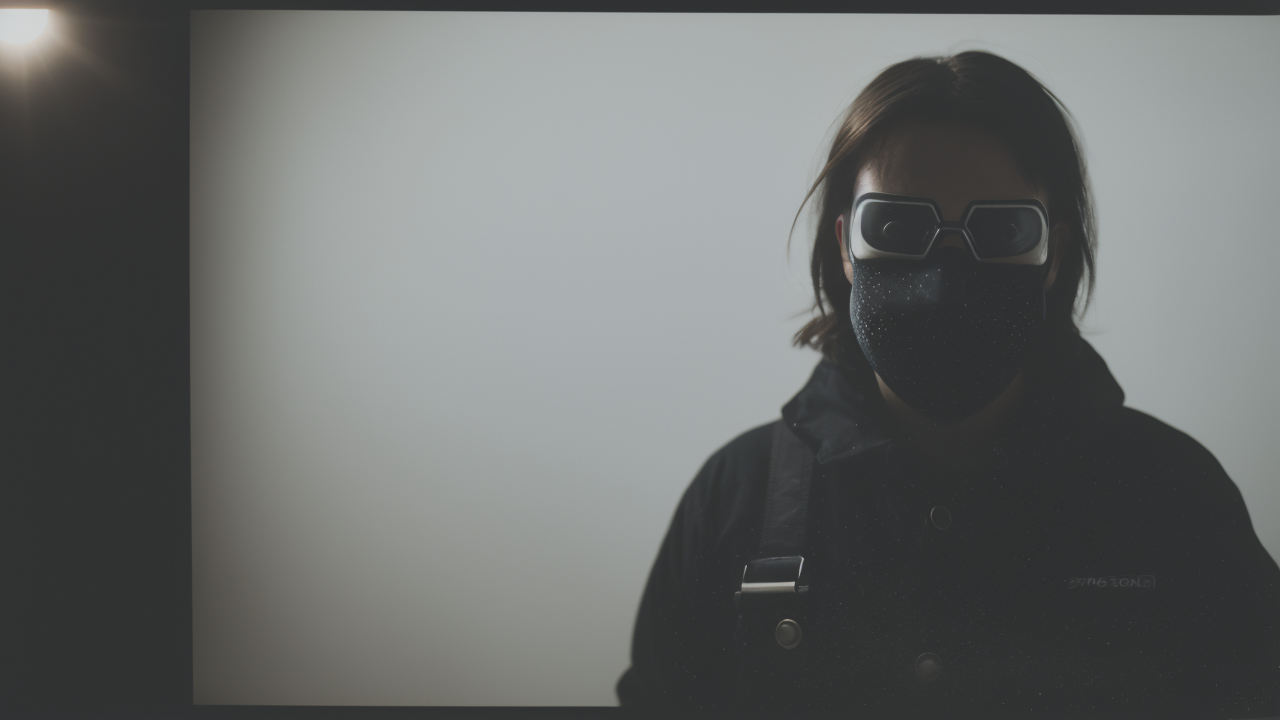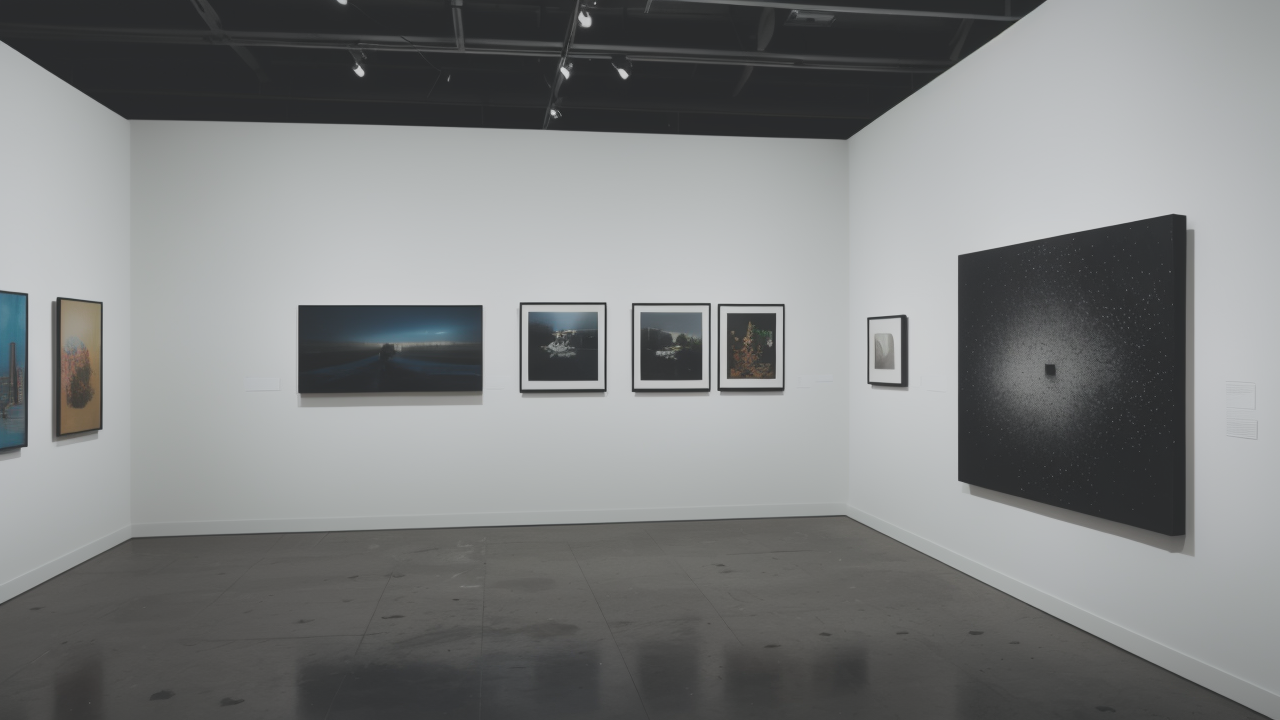
Exploring Texture in Drawing: The Role of Plaster in Modern Art
The Rise of Minimalism: Embracing Simplicity in Artistic Expression
The Origins of Minimalism in Visual Art
Minimalism emerged as a powerful artistic movement in the 1960s. It focused on simplicity and reduction. Artists stripped away excess to reveal the essence of form and color. This approach challenged traditional ideas of art.

Minimalist artists like Donald Judd and Frank Stella led the way. They created works with clean lines and basic shapes. Their art often used industrial materials. The goal was to remove personal expression and emotion.
Minimalism spread beyond visual art. It influenced architecture, design, and music. The movement's impact is still felt today. Many contemporary artists continue to explore minimalist principles.
How Plaster Complements Minimalism in Sculpture and Installation
Plaster became a favorite material for minimalist artists. Its pure white color and smooth texture aligned with minimalist ideals. Plaster allowed artists to create clean, geometric forms easily.
Artists like Robert Ryman used plaster in paintings. He explored the material's texture and subtle color variations. In sculpture, Carl Andre and Robert Morris used plaster to create simple, repeating forms.
Plaster's versatility made it ideal for large-scale installations. Artists could mold it into any shape. They could also paint or leave it raw. This flexibility allowed for endless creative possibilities.
Techniques and Materials: Integrating Plaster into Contemporary Art
Innovative Ways to Use Plaster in Drawings
Contemporary artists have found new ways to use plaster in drawing. Some mix plaster with graphite or charcoal. This creates unique textures and tones. Others use plaster as a base for etching or carving.

Plaster can be applied in layers, creating depth and dimension. Artists might embed objects in wet plaster. This adds intriguing textures to their drawings. Some use plaster to create relief drawings, blurring the line between 2D and 3D art.
Digital techniques have also emerged. Artists scan plaster textures and manipulate them digitally. This combines traditional and modern methods in exciting ways.
Health and Safety Considerations When Working with Plaster
Working with plaster requires careful safety measures. Inhaling plaster dust can be harmful. Artists should always wear a mask when mixing or sanding plaster. Good ventilation is crucial in the workspace.
Skin contact with plaster can cause irritation. Wearing gloves is recommended. Eye protection is also important. Plaster can splash or create dust that irritates eyes.
Proper disposal of plaster is essential. Never pour it down drains. It can harden and cause blockages. Instead, let it solidify and dispose of it as solid waste.
Case Studies: Successful Contemporary Artists Utilizing Plaster
Notable Exhibitions Featuring Plaster Artworks
Recent years have seen a resurgence of interest in plaster art. The Museum of Modern Art in New York held a major exhibition in 2019. It showcased plaster works from the 1950s to today.

In London, the Tate Modern featured a plaster installation by Phyllida Barlow. Her large-scale works transformed the gallery space. They challenged viewers' perceptions of form and space.
The Venice Biennale has also highlighted plaster art. In 2017, Mark Bradford's pavilion included striking plaster works. These pieces explored themes of decay and renewal.
Interviews with Artists: Insights on Plaster as a Medium
Many contemporary artists praise plaster's versatility. Sculptor Rachel Whiteread says, "Plaster captures every detail. It's like freezing a moment in time." She uses plaster to cast negative spaces, creating haunting sculptures.
Painter Cy Twombly often incorporated plaster into his canvases. He appreciated its texture and how it held paint. "Plaster gives depth to the surface," he once said. "It creates a dialogue with the paint."
Installation artist Karla Black uses plaster powder in her work. She scatters it on floors or suspends it in the air. "Plaster has a magical quality," she explains. "It's both solid and ephemeral."
These artists show the ongoing relevance of plaster in contemporary art. They continue to find new ways to use this ancient material. Their work proves that plaster still has much to offer in the world of modern art.
In conclusion, plaster plays a vital role in contemporary minimalist art. Its simplicity and versatility make it perfect for exploring texture and form. As artists continue to innovate, plaster remains a key material in their creative toolbox.


